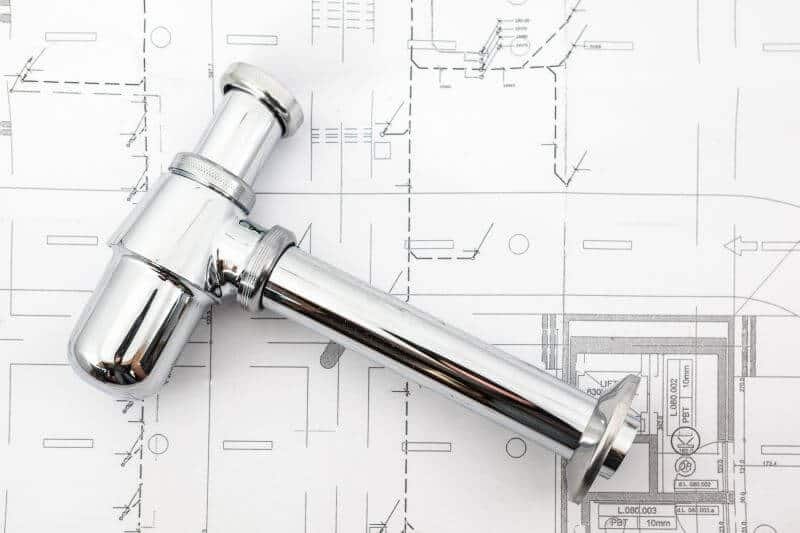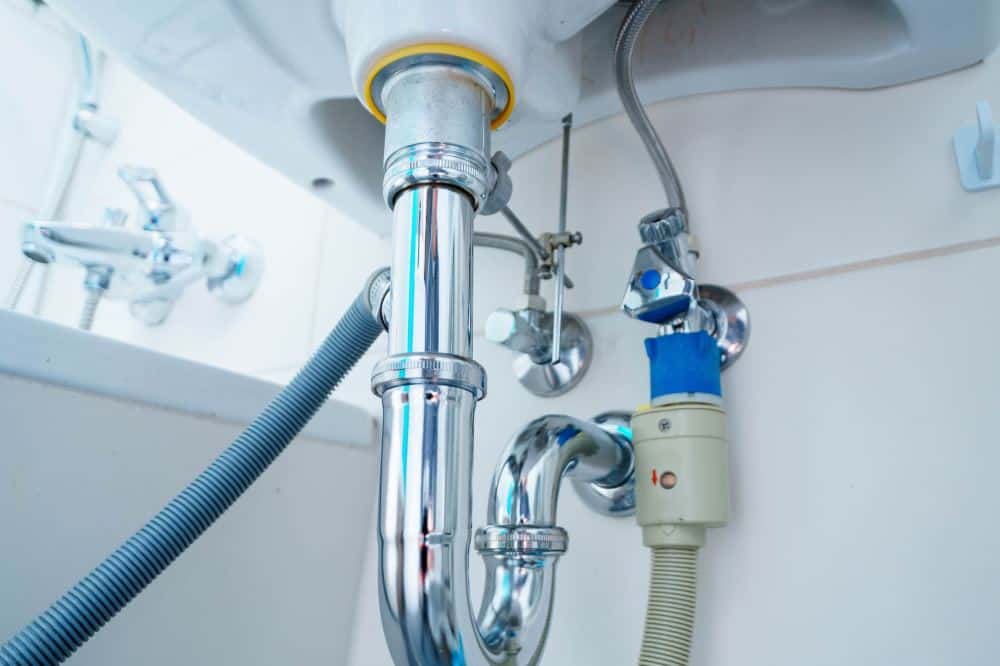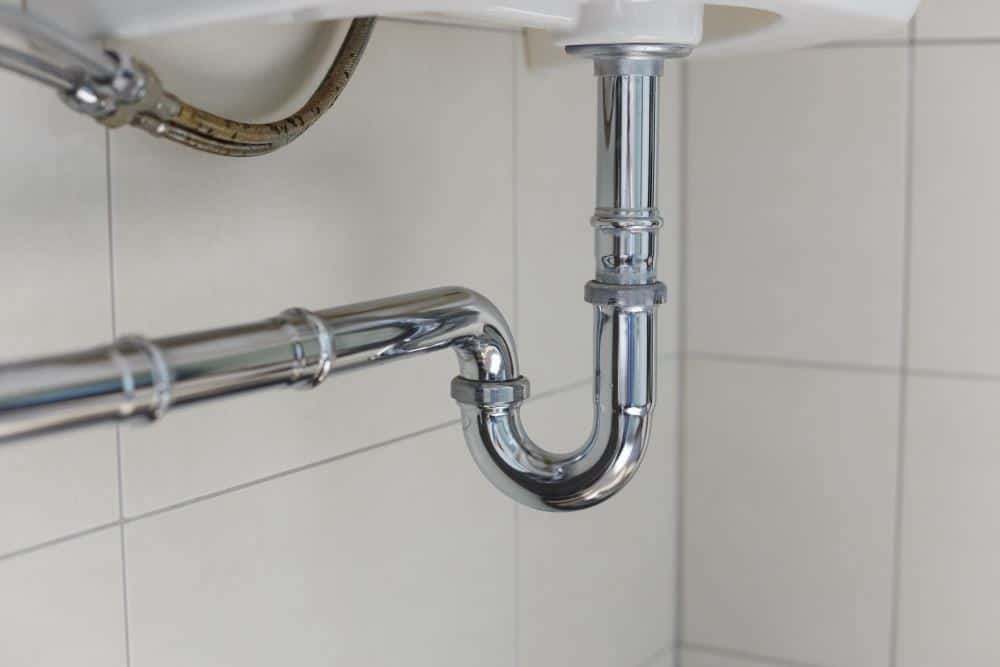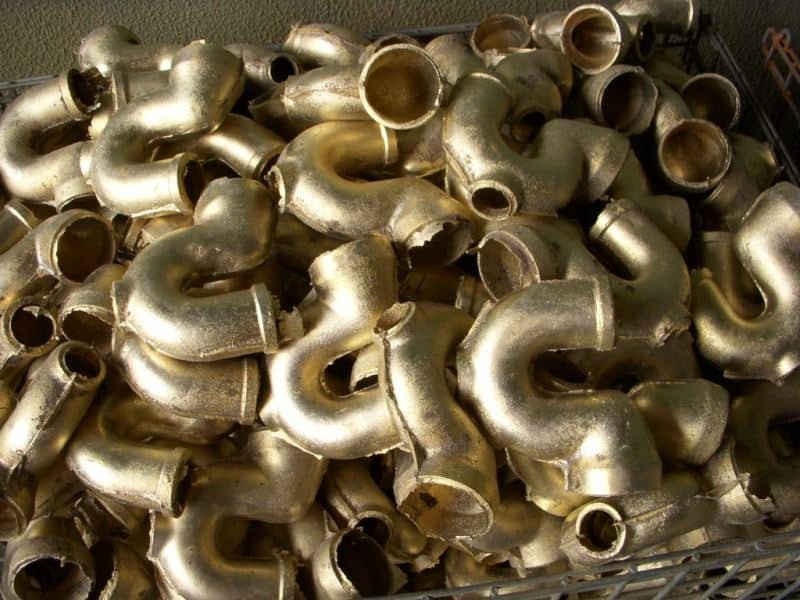What Is a P-Trap?
You’ve most likely seen the u-shape piece of pipe under your kitchen or washroom sink. This is a particular piece of plumbing equipment called a P-trap. It is an essential part of your home’s pipes body. A P-trap that install or fixed can cause various issues for the sink. It joins, as well as other typical issues. It’s generally best to enlist prepared handypersons for P-trap work like the Bell Plumbing and Heating.

Can P-Trap Install Backwards?
Would P be able to trap install in backwards? The outlet source end of the snare line ought to be lower than the inlet when installed. Making a snare seal more than 4″ and making the channel bound to stop up. That is an extended amplification for why a returning snare is terrible. What direction does a P trap head? When you exist it together, the straighter side of the loop. This isn’t as bent. It ought to be what the 90-degree piece stick. Then, the bent end ought to associate with the shower channel at that point.
Would P be able to trap to install higher than channel section? It isn’t ideal to have the p-trap underneath the left drain as water gravity needs to drive the water out rather than streaming downwards. The two of them work and have seen it. In any case, anything underneath makes its own p-trap-so utilizing another is tedious.

How P-Trap Work?
P-traps in a kitchen or sink will work the same, yet they vary. Bathroom sink P-traps are 1 ¼ inch in diameter. The kitchen sink P-traps are 1 ½ inch in diameter. The way a P-trap safeguard is this: there is a water seal in the bend of the snare that prevents sewer gases from upholding into your channel. While permitting wastewater to sit back, solids will stay in the trap to separate. Each time the trap applies, new water comes into the P-trap.
Flushing out any residues in the snare part of the line. Over the long run, a P-trap can wear to some other piece of your pipes body, and substitution might be essential. The p trap works by generating a natural water seal permitting the water into the overflow pipe. However, the water cannot flow backward towards the sink.

How to Install P-Trap
With your base sink on the wall, you can install the P-trap. The U-shape of this line is the snare that holds enough water to forestall sewer gases from entering the bathroom. You can change the P-trap, sliding it all over on the line that leaves the sink channel. The other end of the P-trap can slide into and out of the fitting on the wall.
Remember that the rear end should associate with the sink channel. The more limited side past the curve should interface with the drainpipe. Regardless of the size or materials, you’re utilizing. The steps are very similar.
Stage 1 – Remove the Old Drain Pipe
Remove the existing assembly from upper to lower side. Pliers might expect to end the slip nuts. The U-shaped curve will have some water. So, it could be ideal to have a towel and bucket nearby.
Stage 2 – Attach the New Tailpiece
If you’re displacing the kitchen P-Trap, put the rear end washer in the erupted finish of the back end. Connect it by screwing the slip nut onto the sink sifter.
If you’re displacing the bathroom P-Trap, realize that the sink channel begins as the rear end and could reach the P-Trap. Add a rear-end if it doesn’t go to get the right length.
Stage 3 – If Necessary, Add a T-Fitting
In various conditions, you might have to add a Tee fitting. A sink with two bowls utilizes a waste T-fitting to join the rear ends. Attach the fitting with a slip washer and nuts. Ensure the slanted sides of the sink face the strung part of the lines. Apply pipe oil on the slip washer. It will ease installation and make sure it is a tight fit.
Stage 4 – Attach Trap Arm
Keep in mind, keep the sloped side of the washer challenging the strung channel stub-out. Also, append the snare arm to the channel stub-out.
Stage 5 – Connect the Trap Bend to the Trap Arm
The ground side of the washers should provoke the snare twist. Append the snare twist to the snare arm. Fix each of the nuts with a couple of slip-joint pincers. Never use Teflon tape on white plastic strings and fittings.

What is the Purpose of P-Trap?
So for what reason is a P-trap part of your pipes? There are three fundamental reasons:
- Plumbing codes must have a P-trap to introduce any point. An open channel line expels wastewater into a channel waste vent body.
- The P-trap traps solids that can obstruct the channel or sewer line.
- The P-trap prevents sewer gases from maneuvering into your home through the channel line.
Would P-trap rotate?
Problems when a trap below the sink installs backwards?
The U-shape pipe structure under a sink is a “trap.” Since it traps and holds enough water after the sink has depleted to make a liquid fitting, it keeps any harmful sewer gas from rising out of the channel into your home. The line from the snare that reaches out into the wall is called the “trap arm.” The entire assembly is named a “P-trap” because of its sideways P-shape.
The height of the water section that holds the sewer gas out is known as the “trap seal.” The base is at the “trap plunge. The top is the “weir,” the upper on a snare where the water starts to stream down the snare arm.
The construction regulations put the base snare seal at 2″ and the most at 4″. Under 2″ doesn’t give satisfactory assurance against any gas pressure entering the seal. More than 4″ will make the snare bound to obstruct.
The main source end of the snare line ought to be lower than the delta when introduced. The model shown has it reverse, making a snare seal more than 4″ and making the channel bound to obstruct. That is an extended amplification for why a retrogressive snare is something dreadful. Additionally, no expert handyman would commit that error. Yet, a retrogressive snare is still better than no snare by any stretch of the imagination.

Can P-Trap Installed Backwards: FAQs
Does the floor drain have P-trap?
Like the channels under your inside sinks, Floor channels have a u-shaped pipe under them, called a P-trap. A P-trap fills at least one or two prerequisites. Yet, the main one for your floor channels is to make water prevention to forestall channel scents from the contiguous sewer framework.

